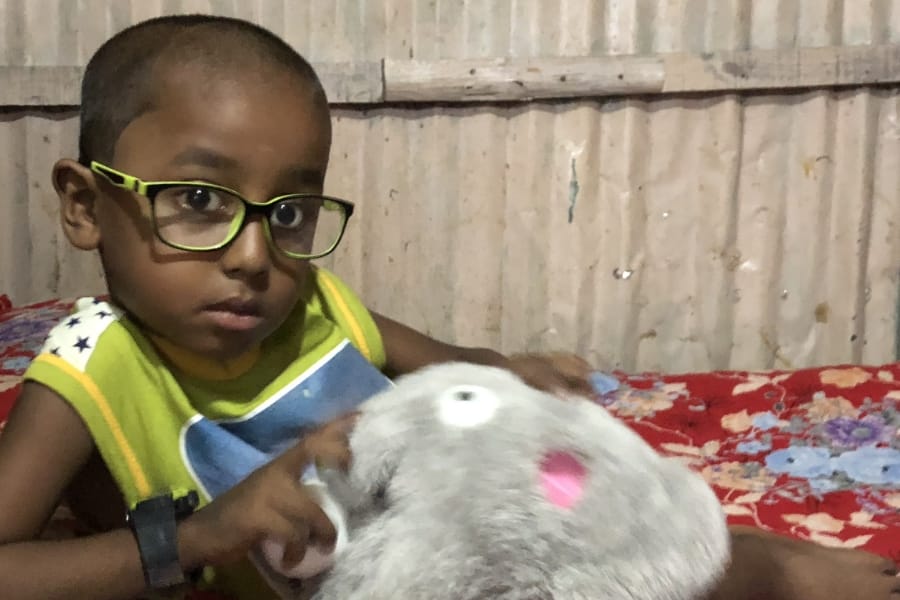Spenden
Bei uns ist eine Spende keine Spende, sondern eine Investition für Leben.

Herzlichen Dank, dass Du die KAKS im weltweiten Kampf gegen das Retinoblastom unterstützen möchtest.
Die KinderAugenKrebsStiftung wird von vielen ehrenamtlichen Helfern unterstützt. Wir sind eine eigenständige Stiftung und werden von der Kinderkrebsstiftung treuhänderisch verwaltet, wofür wir sehr dankbar sind. Unsere zwei festangestellten Mitarbeiterinnen finanzieren wir über eine Förderung von RTL Wir helfen Kindern e.V.. Nur deshalb können die Spenden, die an die KinderAugenKrebsStiftung gehen, zu fast 100 Prozent in unsere Projekte fließen. Herzlichen Dank für deine Hilfe!
Deine Unterstützung für die KinderAugenKrebsStiftung.
Du finanzierst einem Kind eine Elli.
Du ermöglichst einem Kind die Teilnahme an einem RB-Wochenende.
Du finanzierst die Weiterbildung unserer Mutmacher.
Du kannst einem Kind in Bangladesh durch eine Chemotherapie finanzieren und sein Leben retten.
Du finanzierst die RB-Ausbildung eines Arztes/einer Ärztin in einem Entwicklungsland im Rahmen unseres Fellowship Programms.
Wir sind eine gemeinnützig anerkannte Stiftung und alle Spenden sind bei der Steuererklärung abzugsfähig. Wir schicken Ihnen gerne eine Spendenquittung zu. Bei Spenden bis 200 Euro gilt Ihr Kontoauszug als Spendennachweis zur Vorlage beim Finanzamt. Jede Ihrer Spenden wird ohne einen Cent Abzug für unsere Projekte ausgegeben.
Sie können direkt per Überweisung an uns spenden. Unsere Kontoverbindung lautet:
KinderAugenKrebsStiftung
Sparkasse Köln/Bonn
IBAN: DE17 3705 0198 1902 6319 26
BIC: COLSDE33XXX
Oder über unser Spendeformular weiter unten auf dieser Seite per PayPal, Kreditkarte oder SEPA Lastschrift: Sie erhalten Ihre Spendenbescheinigung automatisch nach Ablauf der 8-wöchigen Widerrufsfrist.

Chemopartnerschaft direkt
Jede 700 EUR, die die KAKS für dieses Projekt sammelt, sind für ein Kind in Bangladesch eine echte Überlebenschance. Die Medikation für eine komplette Chemotherapie kostet hier lediglich 700 EUR (6 Zyklen).


